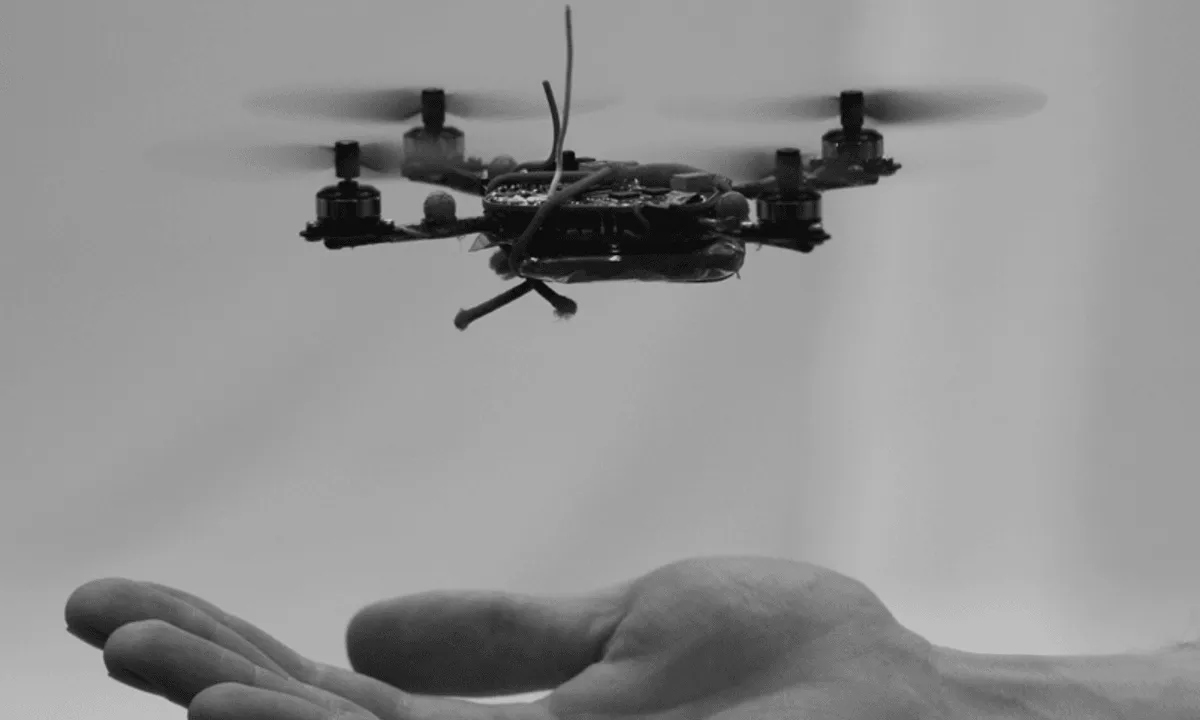
Robotics: Perception 
Discover the fascinating world of robotics perception and learn how robots perceive their surroundings and navigate through them. Explore the transformation of images and videos into 2D representations, enabling the extraction of 3D information for object grasping and visual odometry for navigation. Get a comprehesive understanding of this course which is a free course. AZ Class provides this course data for free. Learn more certificate and details here. ▼
ADVERTISEMENT
Course Feature
![]() Cost:
Cost:
Free
![]() Provider:
Provider:
Coursera
![]() Certificate:
Certificate:
Paid Certification
![]() Language:
Language:
English
![]() Start Date:
Start Date:
31st Jul, 2023
Course Overview
❗The content presented here is sourced directly from Coursera platform. For comprehensive course details, including enrollment information, simply click on the 'Go to class' link on our website.
Updated in [October 18th, 2023]
What does this course tell? (Please note that the following overview content is from the original platform) How can robots perceive the world and their own movements so that they accomplish navigation and manipulation tasks? In this module we will study how images and videos acquired by cameras mounted on robots are transformed into representations like features and optical flow Such 2D representations allow us then to extract 3D information about where the camera is and in which direction the robot moves You will come to understand how grasping objects is facilitated by the computation of 3D posing of objects and navigation can be accomplished by visual odometry and landmark-based localization We considered the value of this course from many aspects, and finally summarized it for you from two aspects: skills and knowledge, and the people who benefit from it: (Please note that our content is optimized through artificial intelligence tools and carefully reviewed by our editorial staff.) What skills and knowledge will you acquire during this course? During this course, students will acquire the following skills and knowledge: 1. Understanding of how images and videos acquired by cameras mounted on robots are transformed into representations like features and optical flow. 2. Ability to extract 3D information about the camera's position and the robot's movement direction from 2D representations. 3. Comprehension of how the computation of 3D posing of objects facilitates grasping. 4. Knowledge of visual odometry and landmark-based localization for accomplishing navigation tasks. Who will benefit from this course? This course will benefit individuals interested in robotics and automation, as well as professionals in the fields of computer vision, artificial intelligence, and robotics. Specifically, it will be useful for: 1. Robotics Engineers: This course will provide robotics engineers with the knowledge and skills to develop perception algorithms for robots. They will learn how to process images and videos acquired by cameras mounted on robots and transform them into useful representations for navigation and manipulation tasks. 2. Computer Vision Researchers: Computer vision researchers will benefit from this course as it focuses on the transformation of visual data into meaningful representations. They will gain insights into how to extract 3D information from 2D images and videos, which can be applied to various computer vision tasks beyond robotics. 3. Artificial Intelligence Specialists: Professionals working in the field of artificial intelligence will find this course valuable as it covers topics such as feature extraction, optical flow, and visual odometry. These techniques are essential for developing intelligent systems that can perceive and understand their environment. 4. Automation Professionals: Individuals involved in automation, such as industrial automation or autonomous vehicles, will benefit from this course. They will learn how to use perception algorithms to enable robots or autonomous systems to navigate and manipulate objects in their environment. 5. Researchers and Academics: Researchers and academics in the fields of robotics, computer vision, and artificial intelligence can use this course as a resource to expand their knowledge and stay updated with the latest advancements in perception algorithms for robots. Overall, this course is suitable for anyone interested in understanding how robots perceive the world and how perception algorithms can be applied to accomplish navigation and manipulation tasks.
Course Provider

Provider Coursera's Stats at AZClass
Discussion and Reviews
0.0 (Based on 0 reviews)
Explore Similar Online Courses

How To Embroider A Christmas Angel
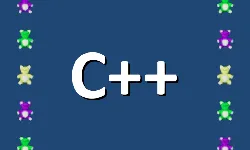
Introduction to C++ Programming and Unreal

Python for Informatics: Exploring Information

Social Network Analysis

Introduction to Systematic Review and Meta-Analysis

The Analytics Edge

DCO042 - Python For Informatics

Causal Diagrams: Draw Your Assumptions Before Your Conclusions

Whole genome sequencing of bacterial genomes - tools and applications
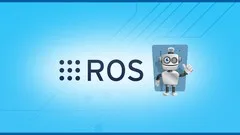
ROS For Beginners (ROS Noetic Melodic Kinetic)
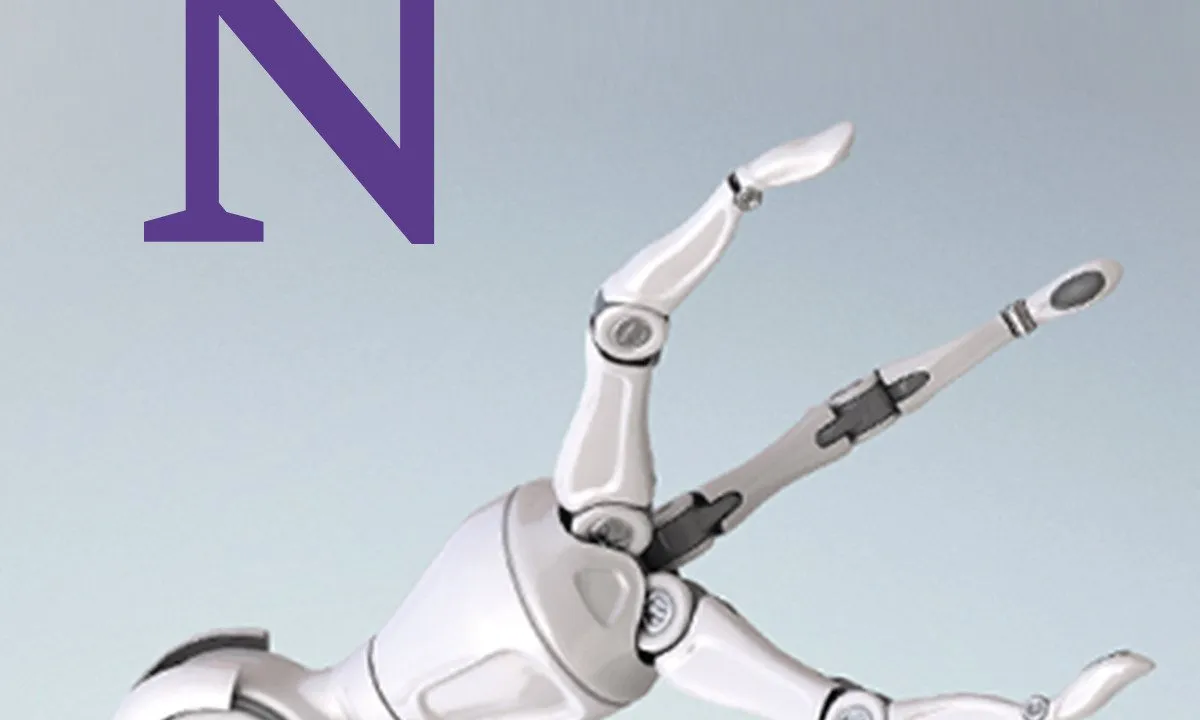
Modern Robotics Course 5: Robot Manipulation and Wheeled Mobile Robots
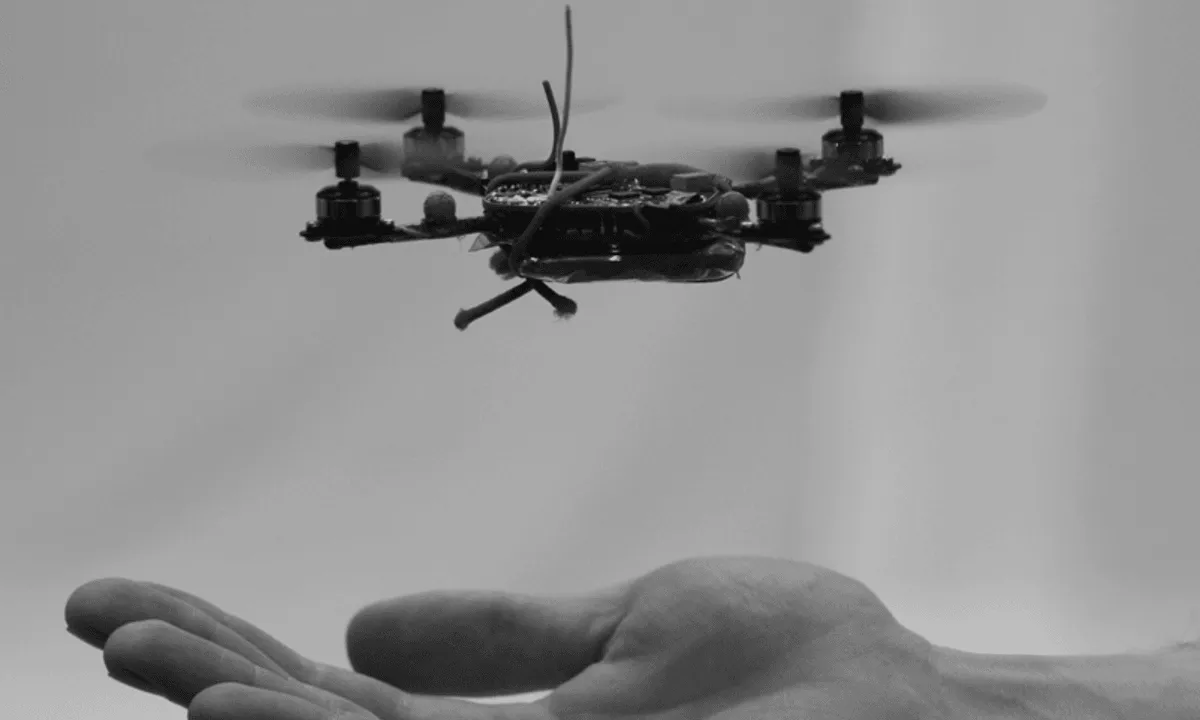

Start your review of Robotics: Perception